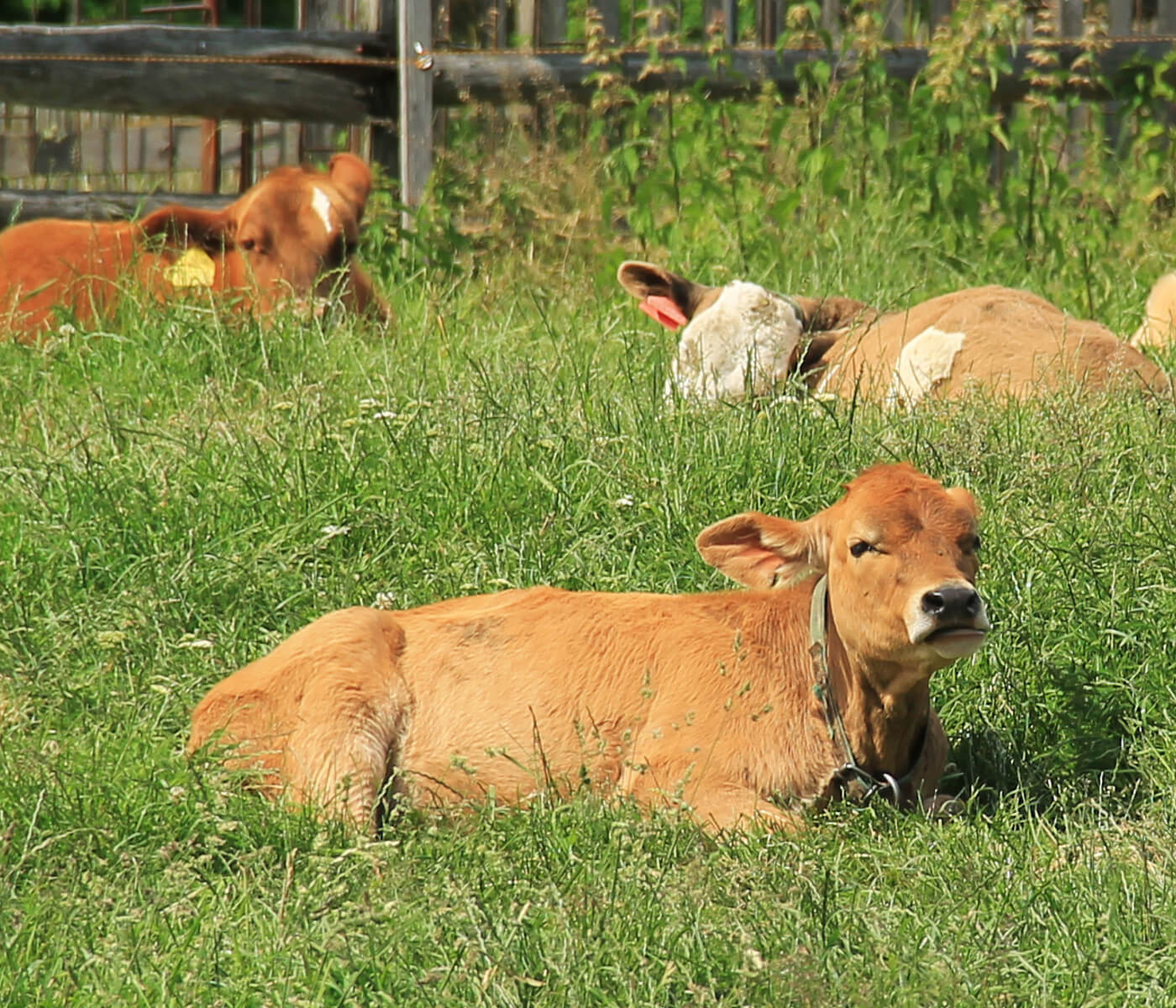 17 Mar 2023
17 Mar 2023
The early stages of calf breeding and nutrition are determining factors for their productive life. Influencing their production cycle and final products. Whether it be meat in beef cattle or milk in dairy cattle.
 Animals with a healthy growth and an adequate nutritional balance during their early stages tend to have greater weight gain than animals that endure nutritional problems and/or restrictions during this highly demanding period. Animals with a healthy growth and an adequate nutritional balance during their early stages tend to have greater weight gain than animals that endure nutritional problems and/or restrictions during this highly demanding period. |
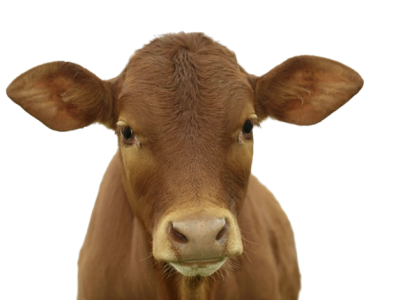
Calf care should begin even before calving. Considering the fact that the mother requires to be well fed and cared for. Especially during the last third of gestation, in order to allow the cow to carry out with the calf’s birth in the least traumatic way possible and be able to provide quality colostrum in sufficient quantities. Ensuring a good intake of immunoglobulins (antibodies) by the calf.
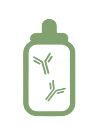
Colostrum intake is fundamental, due to the fact that calves only begin to produce their own antibodies when they are two and three weeks old.
In the case of beef cattle, the most common weaning practice is carried out between six and eight months of age.
![]()
At this age the animal can already be considered an active ruminant and has the ability to use solid forage as its only source of energy and nutrients. In addition, the role of milk within the calf’s diet significantly decreases after the third month of lactation (EMBRAPA-CNPGC, 1996).
With the evolution of breeding systems, other very interesting alternatives have been adopted in relation to the weaning phase. Two of these are: early weaning, performed at approximately 3 months of age and weaning through the use of creep feeding systems.
![]()
These practices have gained importance in recent years in some South American countries. Especially in: Argentina, Uruguay and some regions of Brazil.
The increased implementation of such systems is associated with the advantages that they offer both for the calf and the breeding cow . During this initial phase, the calf has high nutritional requirements and a low ruminal physical capacity.
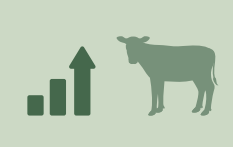 These management practices optimize growth and weight gain during this phase, in which the calf has the best feed conversion. These management practices optimize growth and weight gain during this phase, in which the calf has the best feed conversion. |
In the case of early weaning, respecting simple rules can be decisive to anticipate a new production cycle and achieve good profits.
 This technique is highly recommended under periods of forage scarcity and early feeding, in order to reduce weaning stress. This technique is highly recommended under periods of forage scarcity and early feeding, in order to reduce weaning stress. |
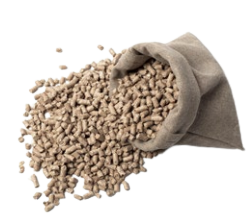
In early weaning,it is recommendable to use specific feed for calves (minimum of 18% protein) and water at will (always clean and fresh water). Feeding calves with a fibrous fraction (forage) is not indicated during this adaptation period(10 days indicated on average).
At this age the calf does not have a functional rumen yet. The concentration of nutrients in feed concentrates is higher than that found in forage (more than 2/3 is water on average).
![]()
Therefore, we must provide as many nutrients as possible to avoid adaptation and nutritional problems during this phase.
During this stage it is also very important to ensure animal welfare. This practice should be carried out in a pen with a separation of 5 to 10 m² per calf, as shown in Figure 1. This provides a safe and quiet space for calves. It is also important to provide clean pens (without mud accumulation) and shade, ensuring adequate conditions.
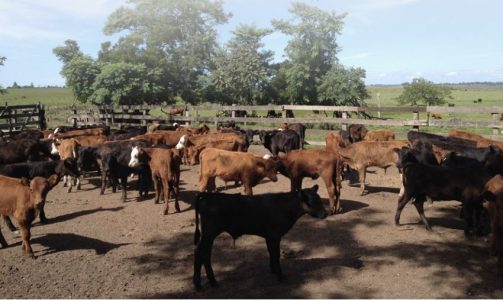
Figure 1. Calves in a pen in the adaptation period with space, without mud and in the shade.
 It is ideal to start weaning when calves are 70 to 80 days old or when their weight is over 90kg. This is a good reference point to ensure the safety of calf adaptation.
It is ideal to start weaning when calves are 70 to 80 days old or when their weight is over 90kg. This is a good reference point to ensure the safety of calf adaptation.
An important aspect too look after in order for weaning to be successful from the start, is to organize batches in a size that can be managed. Paying attention to all the animals (figure 2). Calves within a same lot must not have a weight difference of more than 25-30 kg between themselves.
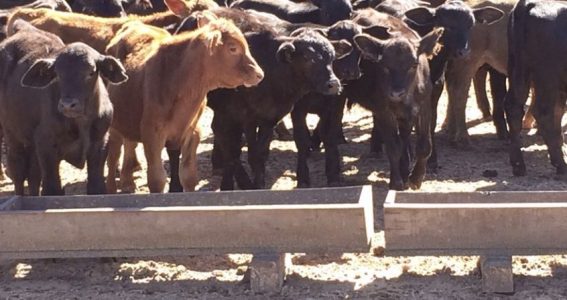
Figure 2. Calves of uniform size in period of adaptation to early weaning.
Another important benefit for calves during this growth phase is related to their ruminal development.
| It is during this period that we must “invest” in their rumen. Considering that an adequate ruminal development will translate into maximum nutrient utilization and absorption in the adult animal. |
Therefore, we can contribute through an early activation of the rumen without compromising the growth of the animals. Gaining a few months within their production cycle.
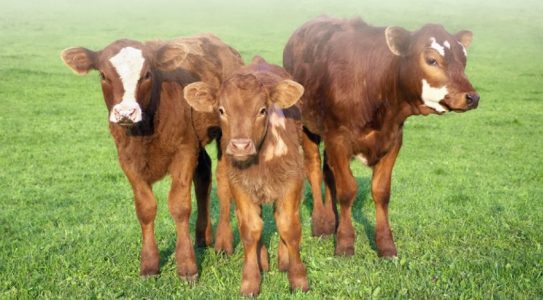
You may also like: “Calves’ artificial breeding and feeding.”
Source: This article was originally published as a content in Spanish on NutriNews LATAM
Subscribe now to the technical magazine of animal nutrition
AUTHORS

Nutritional Interventions to Improve Fertility in Male Broiler Breeders
Edgar Oviedo
The Use of Organic Acids in Poultry: A Natural Path to Health and Productivity
M. Naeem
Synergistic Benefits of Prebiotics and Probiotics in Poultry, Swine, and Cattle
Gustavo Adolfo Quintana-Ospina
Hybrid Rye Potential in Laying Hen Feed Rations
Gwendolyn Jones
A day in the life of phosphorus in pigs: Part I
Rafael Duran Giménez-Rico
Use of enzymes in diets for ruminants
Braulio de la Calle Campos
Minerals and Hoof Health in the Pregnant Sow
Juan Gabriel Espino
Impact of Oxidized Fats on Swine Reproduction and Offspring
Maria Alejandra Perez Alvarado